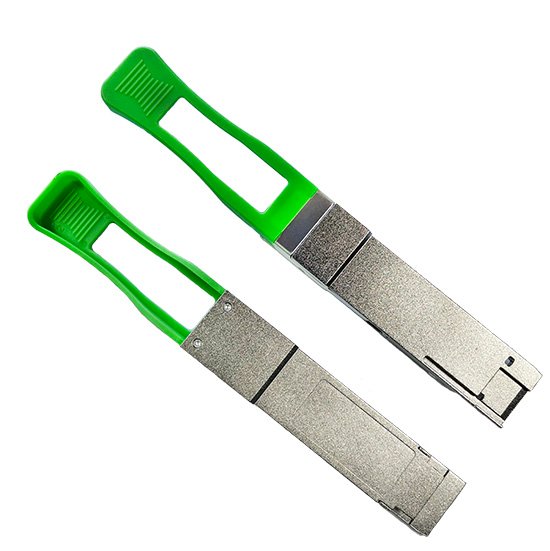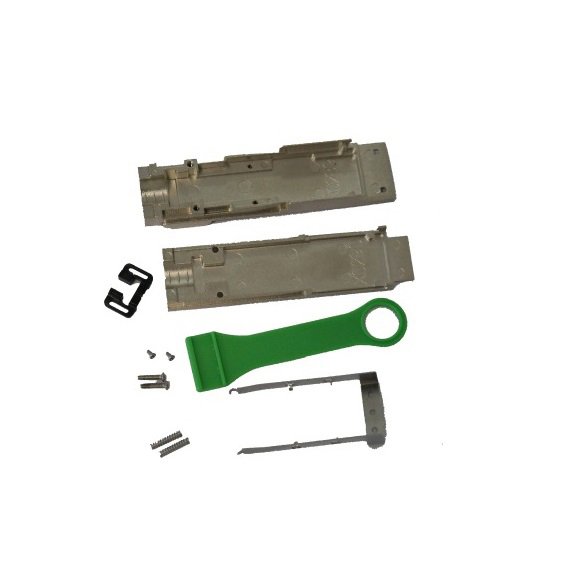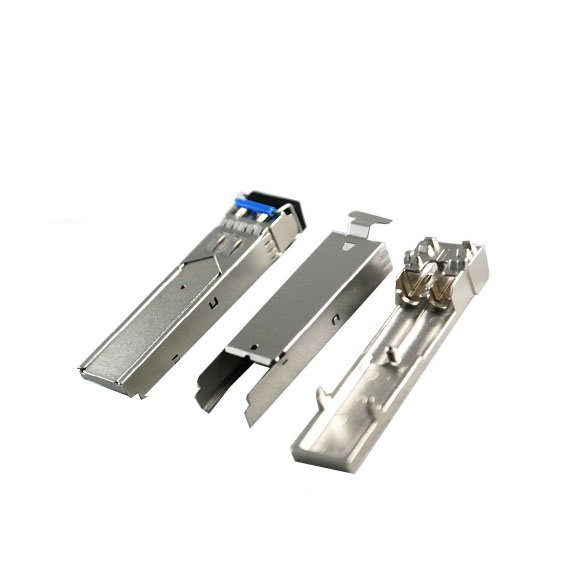Introduction to QSFP Module Housing
The Quad Small Form-factor Pluggable (QSFP) module housing plays a crucial role in modern data communication. It’s a compact, hot-pluggable transceiver used for data communications applications. One of the most effective methods for manufacturing these housings is precision die casting.

What is Precision Die Casting?
Precision die casting is a manufacturing process, where molten metal is injected into a mold to create components with a high degree of accuracy. This method is invaluable in producing QSFP module housings. Because it allows for intricate designs and tight tolerances, ensuring the modules operate effectively in high-speed data transfer environments.
Benefits of Precision Die Casting for QSFP Module Housing
This production method ensures consistent quality and durability. By using precision die casting techniques, manufacturers can produce QSFP module housings that offer excellent thermal performance, essential for maintaining the integrity and speed of data transfers. Additionally, precision die casting allows for mass production while maintaining high-quality standards, making it cost-effective and efficient.
- Smooth Surface: The precision of die casting results in a smooth surface finish. It can be easily polished or coated for improved aesthetics and corrosion resistance.
- Customization: The process allows for various surface treatments, including anodizing or powder coating, to match specific customer requirements or branding.
Application and Future Prospects
As data demands grow, the role of QSFP module housings will only become more significant. Precision die casting will continue to play a vital part in ensuring these modules meet the ever-increasing requirements for speed and reliability in data communication networks.
In summary, the precision die casting QSFP module housing is a pivotal element in the seamless operation of data networks, providing both reliability and cost-efficiency. Understanding this technology is essential for anyone work with data communications.







